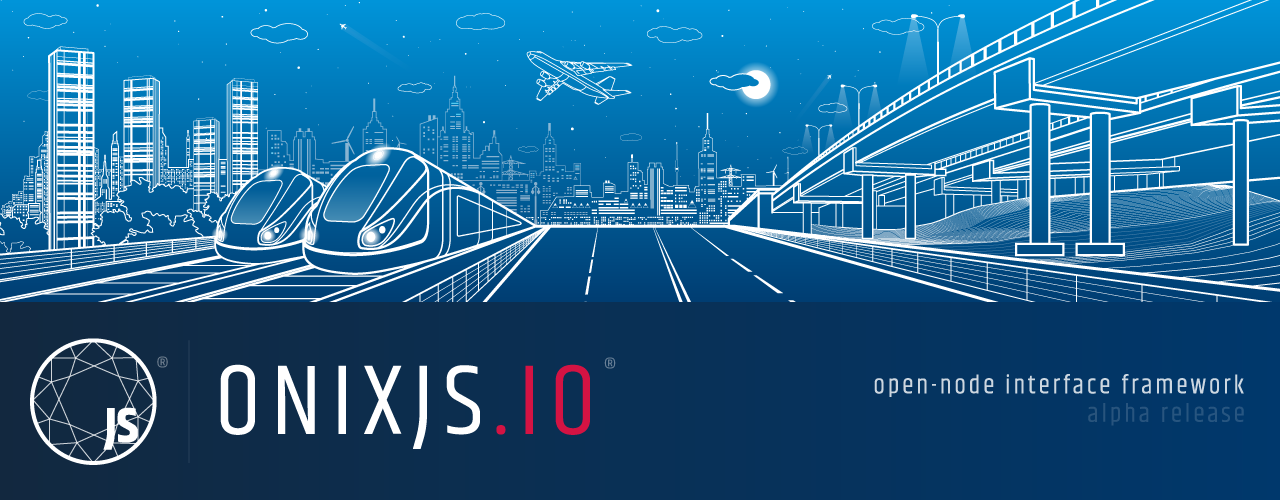-
Notifications
You must be signed in to change notification settings - Fork 7
I. Components

In this section, you will learn how to create and configure an OnixJS Component.
An OnixJS Component can also be considered as a Controller and is the place where you expose your APIs, either through RPC, Streams, REST or Views.
import { IComponent, Inject, Component, RPC, Stream } from '@onixjs/core';
import { MyService } from './my.service';
import { MyModel } from './my.model';
@Component({
// Optional component level lifecycle
// will execute on every RPC Call, do your magic here. :)
lifecycle: async (app, metadata, method): Promise<any> => {
// before call
const result = await method();
// after call
console.log('Custom Logger: ', result);
return result;
}
})
export class MyComponent implements IComponent {
@Inject.Service(MyService) private service: MyService;
/**
* @method init
* @description This method will be executed by the framework
* when everything has been configured.
*/
init() {}
/**
* @method myEndpoint
* @param payload
* @returns Promise<SubscriptionModel>
* @description Example method of how to expose through
* RPC methods that internally might add business logic
* or database/services calls.
*/
@RPC()
async subscribe(payload: MyModel): Promise<MyModel> {
const result = await this.service.create(todo);
// Do something here?...
return result;
}
/**
* @method myStream
* @param todo
* @returns Promise<MyModel>
* @description Example of a stream endpoint for real-time
* features.
*/
@Stream()
async listTodos(stream) {
setInterval(() => stream(true), 1000); // Will stream true every 1 second
}
/**
* @method destroy
* @param todo
* @description Destroy method will be executed before terminating
* an application process.
*/
destroy() {}
}The example above explains how to create a simple Component Class, which uses the @Component decorator in order to provide some configurations, as for now, we are only considering a lifecycle hook. But since a component is a more complex artifact in an OnixJS Project, different features will be documented in different sections.
A Component configuration can include
- acl: An array of ACL Rules.
- lifecycle A system hook that will be executed on every RPC or Stream.
A Component Class can include
- @Router: Used to expose either REST Endpoints, Views or Middleware features compatible with any Express.js middleware.
- @Inject: Used to inject either Models, Service Providers, Renderers or System Notifier.
- @RPC: Used to expose a remote procedure call endpoint, mainly called from an OnixJS SDK Client.
- @Stream: Used to register real-time endpoints, which can stream a set of data over time.
The init method will be executed once the framework is ready, it must be used instead of a constructor as a best practice in order to make sure everythin has been correctly setup.
The destroy method will be executed by the framework once this is going to be shut down.